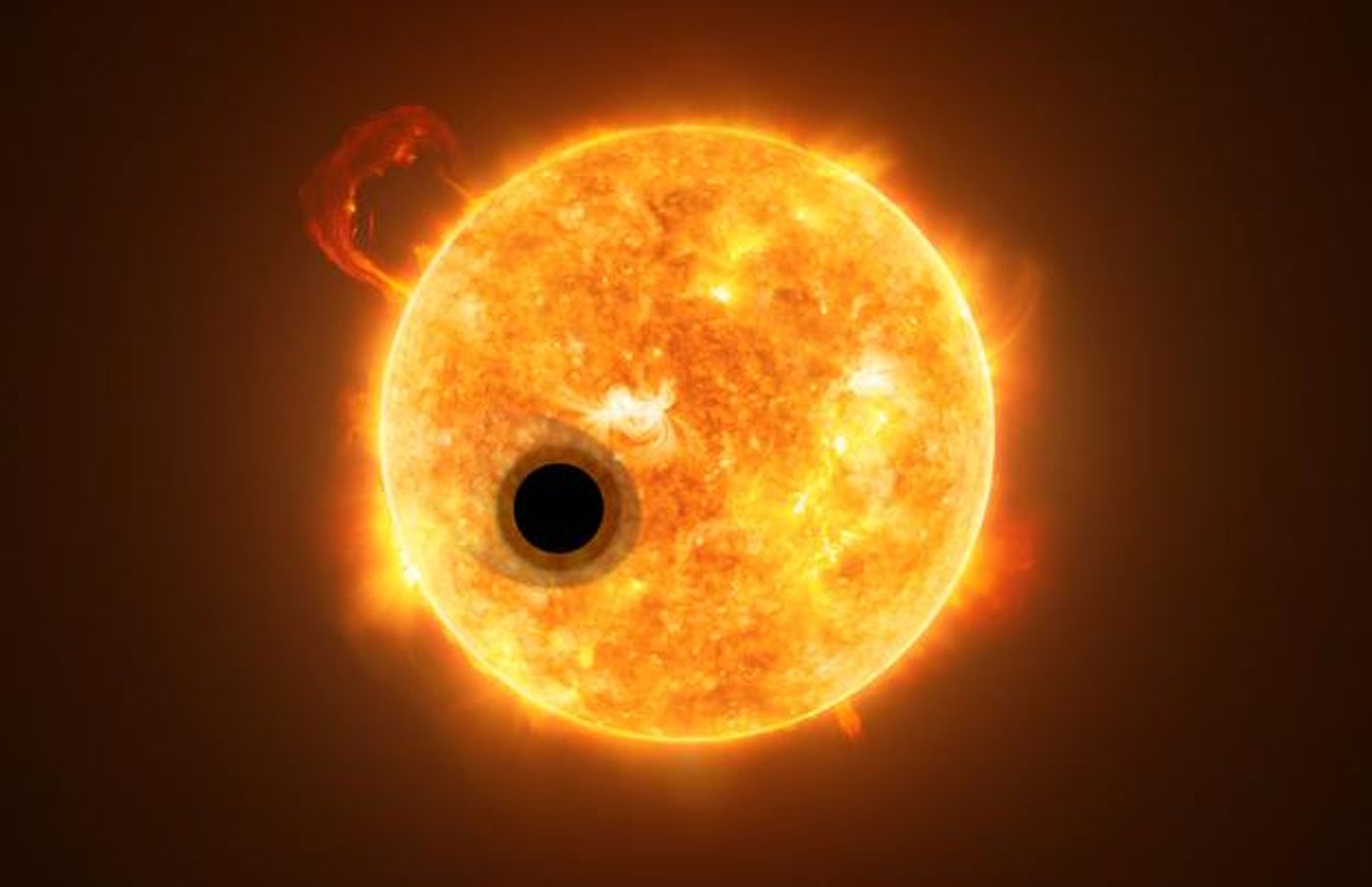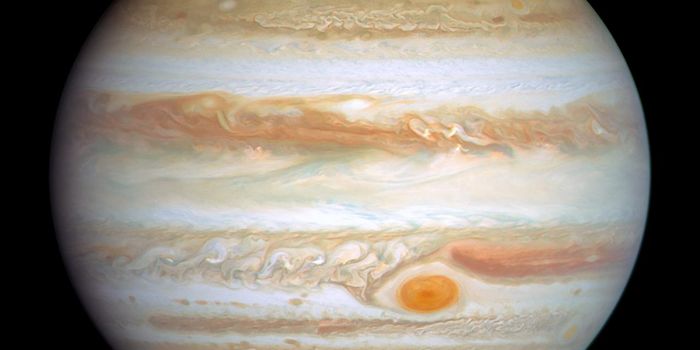A Cotton-Candy Planet That's Unique in Many Ways
In 2017, a giant exoplanet called WASP-107b was discovered orbiting a star called WASP-107, which is around 212 light years from Earth. This incredible planet is as large as Jupiter but ten times lighter, and it sits more than 16 times closer to its star than Earth. Now researchers have found that this masive exoplanet, which is known as one of the ‘super-puff’ or ‘cotton-candy’ planets, has a core mass that is far lower than thought. Scientists are intrigued by WASP-107b, which has managed to create a huge gas envelope like Jupiter and Saturn without the dense core.
"We had a lot of questions about WASP-107b," said graduate student Caroline Piaulet of the University of Montral's (UdeM) Institute for Research on Exoplanets (iREx). "How could a planet of such low density form? And how did it keep its huge layer of gas from escaping, especially given the planet's close proximity to its star? This motivated us to do a thorough analysis to determine its formation history."
In this study, the researchers started used data on WASP-107b from the Keck Observatory in Hawai'i in an approach called the radial velocity method. This enables scientists to find the mass of a planet by analyzing how it wobbles due to gravitational pull from its star. This suggested that WASP-107b’s mass is only about a tenth that of Jupiter and around 30 times Earth’s mass.
Next the team set out to learn more about the probable structure of the planet. They found that because its density is so low, it’s solid core can’t be more than four times Earth’s mass. Around 85 percent of the mass of the planet is in the gas layer surrounding the core. Gas giants may, therefore, form much easier than we knew - they may not require an incredibly dense core to retain the gas.
"This work addresses the very foundations of how giant planets can form and grow," said UdeM astrophysics professor Björn Benneke. "It provides concrete proof that massive accretion of a gas envelope can be triggered for cores that are much less massive than previously thought."
The work has been reported in the Astronomical Journal.
Young stars surrounded by a ring of dust and gas called the protoplanetary disc can give rise to planets. Most of what we know about the formation of gas giants comes from the ones in our solar system. Jupiter and Saturn, for example, have a solid core that’s at least 10 times that of Earth’s core. These massively dense cores can retain the huge amount of gas that composes the planet before it dissipates. It was thought that without such a massive core, the gas would blow away into space. So, there must be another explanation for the existence of WASP-107b.
"For WASP-107b, the most plausible scenario is that the planet formed far away from the star, where the gas in the disc is cold enough that gas accretion can occur very quickly," said McGill University professor and iREx member Eve Lee, an expert on super-puff planets. "The planet was later able to migrate to its current position, either through interactions with the disc or with other planets in the system."
There’s still more to learn about WASP-107b. For one thing, the researchers were surprised by the absence of methane in the planet.
"That's strange, because for this type of planet, methane should be abundant," noted Piaulet. "We're now reanalyzing Hubble's observations with the new mass of the planet to see how it will affect the results, and to examine what mechanisms might explain the destruction of methane."
Sources: AAAS/Eurekalert! via University of Montreal, Astronomical Journal









